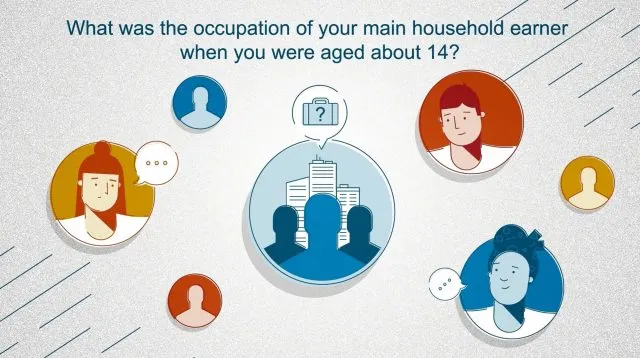As an employer, nothing is more important than the quality of your staff. Who you hire, how you hire and getting the best out of your people are the root of competitive advantage.
“It gives us maximum access to talent” says John Collins, Chief Legal & Regulatory Officer, Santander UK.
The most successful businesses recognise that to thrive they need to adopt a progressive employment strategy: one that mines for hidden talent; promotes creative problem-solving and strives to represent its consumer base and community.
Those with the longest journey often have the most to offer.
A person’s life circumstances shape their prospects, but also their capabilities. If someone has had to struggle to get where they are now, they may have the kind of resilience that a customer-facing role requires.
Ashley Hever, Talent Acquisition Director, Enterprise Rent-A-Car says “there’s going to be times when you’re dealing with tough customer service situations, we’ve found that when hiring employees who are from a lower socio-economic background, they’re really able to demonstrate that resilience.”
Ultimately, it’s about considering the life skills of an individual and finding out whether they are a good fit for your organisation, rather than creating artificial barriers to success. Creating opportunities will not only benefit individuals, it’s also smart business. We know that:
- Employees from lower socio-economic backgrounds perform at least as well as their more advantaged peers, often outperforming them
- Companies with the most diverse boards worldwide are 43% more likely to have higher profit
- Diversity leads to innovation – an ‘innovation mindset’ is six times higher in the most-equal cultures
- Inclusive teams make better business decisions 87% of the time – and twice as fast, delivering 60% better results
- 67% of candidates seek out diverse companies – two out of three candidates actively look for companies that have diverse workforces and take this into account when accepting job offers
- Individuals who start their careers via an apprentice scheme are likely to stay longer, reducing recruitment costs
- And our research shows that learners from disadvantaged backgrounds who do complete an apprenticeship enjoy the biggest boost to their earnings – particularly at intermediate level
In this first video John Collins, Chief Legal & Regulatory Officer at Santander UK, Ashley Hever, Talent Acquisition Director, Enterprise Rent-A-Car, Peter Cheese, Chief Executive, CIPD and our Commissioners Steven Cooper, CEO of C. Hoare and Sarah Khan-Bashir MBE, SKB Law Founder and Solicitor – share their views on how attracting a diverse pool of talent and creating an inclusive work environment can drive innovation and give your business that competitive edge.
Top tips from the employers’ toolkit
So once you’ve recognised the benefits that socio-economic diversity can bring to your business, what practical steps can you take as an employer to reach that talent and embed diversity & inclusion in your culture? Here are our top tips on building a strong outreach programme, but you can watch all our videos by clicking on the links below.
Our employers’ toolkit is packed with ideas on the data you should use to measure progress, guidance on how to build a strong outreach programme, create a more inclusive culture or advocate for change within your sector. These videos will give you our top tips on the key themes of data, outreach, hiring, progression and culture & leadership – enabling you to become a real change-maker.
- Data drives smart recruitment – any forward-looking socio-economic diversity and inclusion strategy begins with data and this will help shape your plans at every step.
- Next is Outreach – are you reaching the widest possible pool of talent? You could look to explore partnerships with Further Education colleges or target geographic ‘coldspots’.
- Many common Hiring practices create artificial barriers for people from lower socio-economic backgrounds. Do candidates really need traditional academic qualifications in order to do the job?
- Social mobility is not just about who gets in, it’s also about who gets on – Progression. Have a defined list of skills required for each promotion – and build flexibility into job specifications.
- Finally, Culture and Leadership – a diverse workforce is a more productive workforce, so embed this ambition into your culture. And ensure your employees’ voices are heard, by encouraging people to share their ideas and experiences.
“When I was starting on my legal journey, I was told that I wouldn’t become a lawyer because I didn’t go to the right university and I didn’t get the highest grades. Overcoming these barriers has not been easy. Employers have a role to play here. But you aren’t alone. Give this toolkit a go and let us know how we can further help your organisation with this important agenda.” Sandra Wallace, Social Mobility Commissioner and Managing Director at DLA Piper
We hope that you will find these videos inspiring.
Together, let’s promote meaningful paths of opportunity, so that everyone has a decent chance of a better future.
